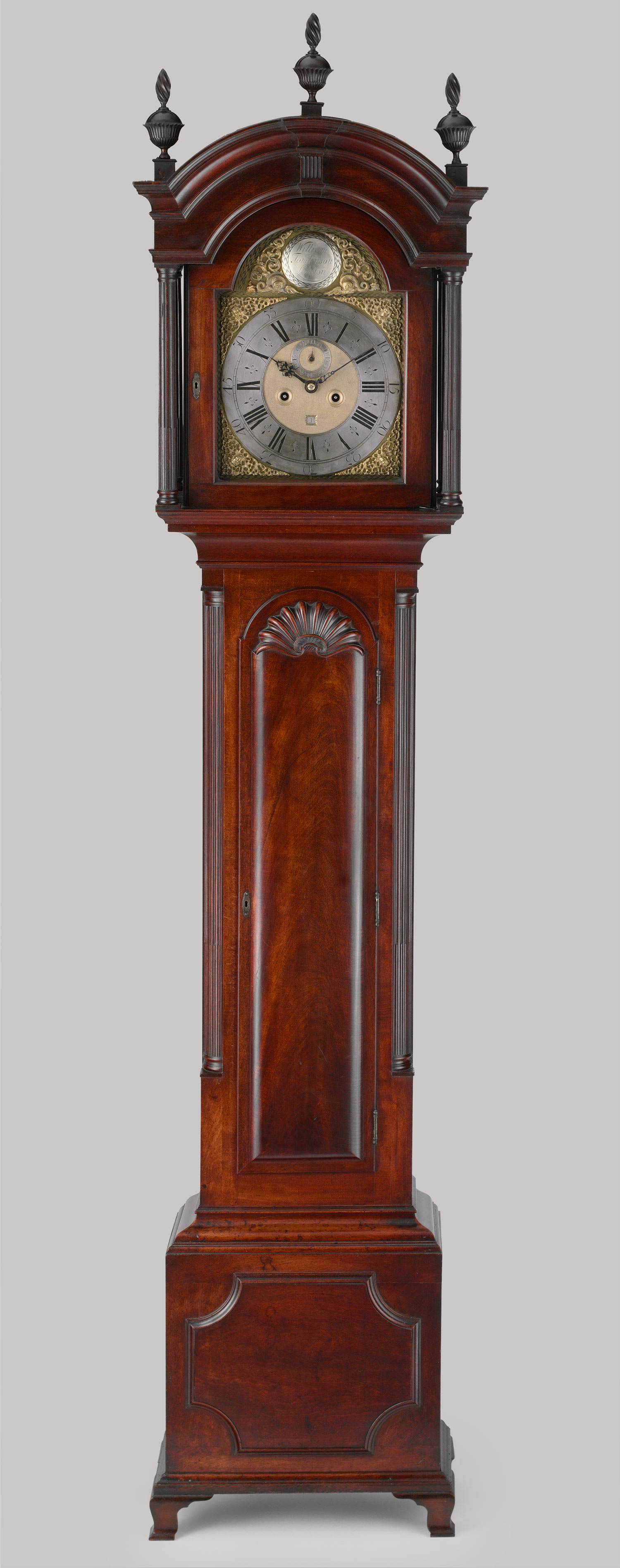The next episode is mostly edited with just a bit more to record for it. Should be out by early next week.
Meanwhile, a bit of a photo update and a handy shop project you might find useful.
As you can see, this is a huge bag... it can press a full 49"x97" sheet with full platen. A big chip-clip makes the back half of the bag inactive.
I put my VacuPress pump in a mobile stand that's pretty handy; I roll it underneath the MFT table next to two milk crates on furniture movers used for offcuts. The VacuPress stand has 4 very smooth casters.
The top tray is removable making removing the pump trivial or to take all the VacuClamp parts to a workstation area. Basically the four corner posts on the stand are inset into the lip under the tray. No rocket science was used in this quick handy addition.
The back has a scrap of ply to prevent racking of the sides and also to protect the connectors on the back of the pump like the vacuum hose, air cleaner bottle, and power connector.
I use the VacuPump as a vacuum clamp sometimes so the pods and other stuff in the tray is handy to store with it especially since that stuff stores as well as a ferret. The vacuum hose for the bag is too robust and long to store on the tray so I hang it on a hook with a bunch of other hoses like the HVLP turbine hoses.
So this is the first panel of 12 for this project in the bag! This is an underside panel with curly Maple book-matched on the show side and Poplar on the inside. I'll get a book-and-end match ("4-way") recorded tomorrow night to complete the episode then see how it all edits.



























